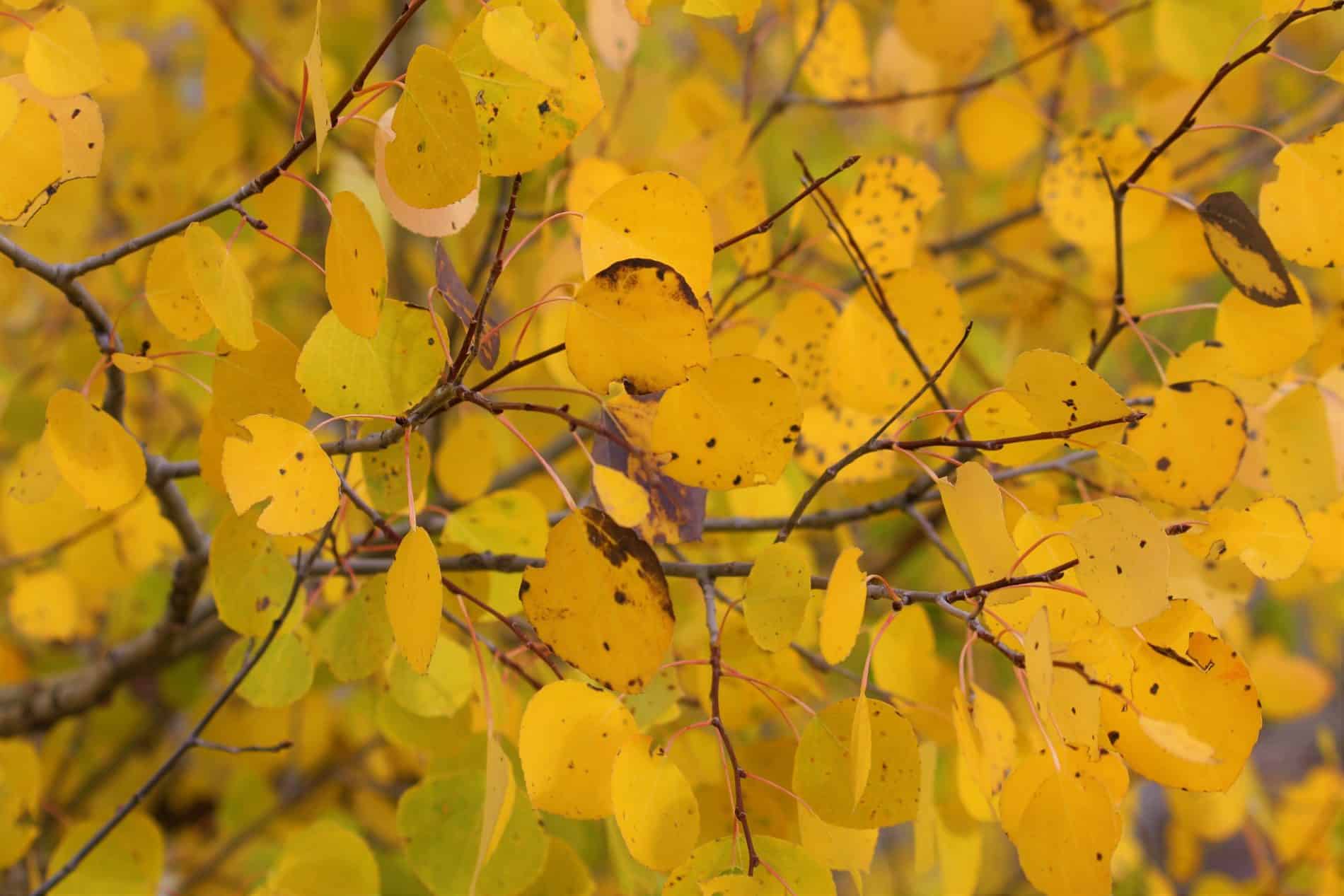Leaf it Be!
Tree carving is nothing new. People have been leaving their mark in this way for most of history. Once, it was a tool for telling our story, for letting others know where we had been, or for marking some important site. Now, however, we have cell phones and photographs and writing and social media. It is no longer necessary to leave our mark in this way, and what’s more, we now understand how this act can harm the tree itself.
In addition to this potential for disease, there is also a potential for cellular damage. Depending on how deep the cut is, it may disrupt the cells below the bark, phloem and xylem, that are responsible for transporting water, sugar, and other nutrients throughout the tree. In extreme cases, carving or other bark damage can cause the tree to starve to death due to this cellular disruption. Many trees are actually linked together underground by fungal networks and diseases can spread from one carved on tree to others that may not have been directly effected.
Even if the tree heals, these carvings are permanent marks. Unlike other forms of graffiti, they can not be removed or cleaned. They will leave a lasting impact on the landscape, affecting other visitors for years to come. They may also inspire others to do they same, harming additional trees in the area. No ones ideal trip into nature includes being bombarded with carvings on every tree in the area.
While it may be tempting to leave your mark through tree carving, the impacts caused are significant. By educating others and working together we can all Leave No Trace and protect forests.
Leaf it Be!
© 1999 by the Leave No Trace Center for Outdoor Ethics: www.LNT.org
Created in Partnership with Leave No Trace and the Colorado Office of Tourism / Care for Colorado program.
